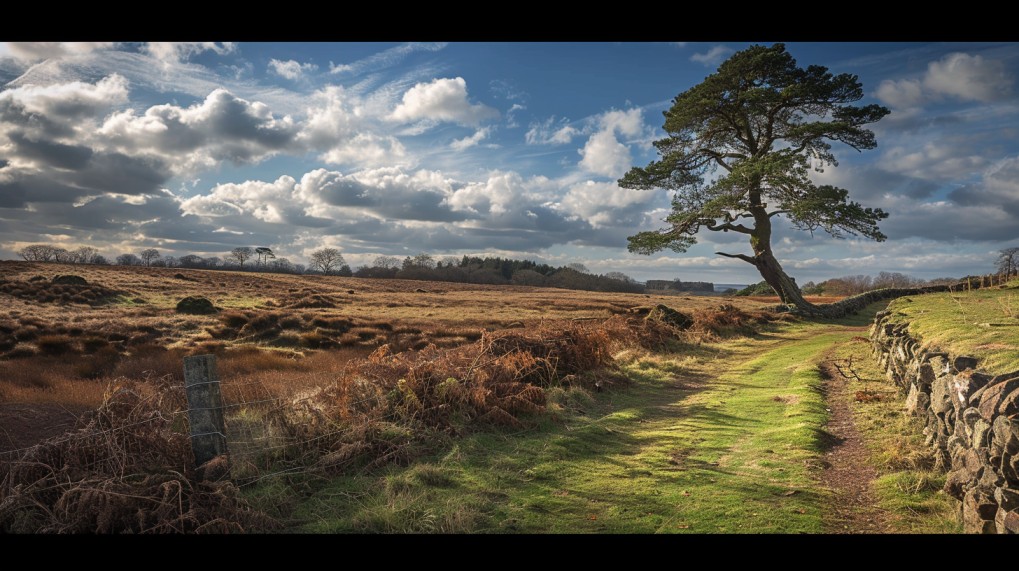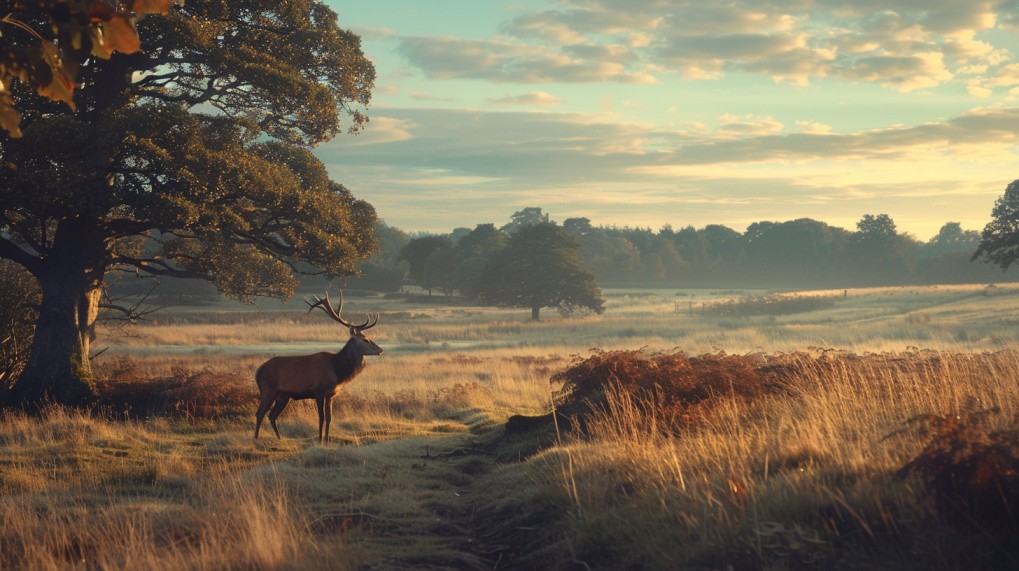Bradgate Park, located in Leicestershire, England, is a public park with a rich geological history, including evidence of an ancient volcano. This guide provides a detailed overview of the park’s volcanic past, focusing on the Beacon Hill Formation, which is believed to have formed in deep water from sediments of volcanic ash and other pyroclastic material.
The Beacon Hill Formation: Bradgate Park’s Volcanic Past
The Beacon Hill Formation, found within Bradgate Park, is one of the oldest fossil-bearing rocks in England, dating back to the Precambrian era, around 560 million years ago. This formation consists of sedimentary rocks that were once volcanic ash and other pyroclastic material, which were then subject to slumping and submarine flows, creating rocks with various degrees of stratification.
The volcano itself was located in the north-west of Charnwood Forest, and the entire area was in the southern tropic, off the coast of the Gondwana continent. A modern parallel might be the sea surrounding Montserrat.
Exploring Bradgate Park’s Geological Wonders

Bradgate Park offers visitors a unique opportunity to explore the park’s ancient volcanic history. The park’s geology also includes the Bradgate Formation, which consists of laminated mudstones and layers of sandstone, mainly of volcanic origin. These beds are substantially warped, contorted, and folded, with many intricate folds and ‘sag’ patterns thought to have occurred while the sediments were unconsolidated.
Key Landmarks and Points of Interest
Bradgate Park is home to several notable landmarks and points of interest, including:
- Old John: A well-known landmark and folly tower, located just above the 210 m (690 ft) contour.
- War Memorial: Another landmark situated just above the 210 m (690 ft) contour.
The park is also part of the 399.3 hectare Bradgate Park and Cropston Reservoir Site of Special Scientific Interest, which has been designated under both biological and geological criteria.
Visiting Bradgate Park
Bradgate Park is open all year, from 7:45 am to dusk. The park covers 850 acres (340 hectares) and is operated by the Bradgate Park and Swithland Wood Charity (Registered Charity no. 521476, popularly known as the Bradgate Park Trust). The park welcomes approximately 900,000 visitors each year.
Getting to Bradgate Park
The park is located in Leicestershire, UK, between the villages of Newtown Linford, Anstey, Cropston, Woodhouse Eaves, and Swithland. The nearest city is Leicester, and the park’s OS grid reference is SK529107. The park has two car parks, one located off Breakback Road (LE12 8TA) and another near the summit (LE12 8SP).
Conclusion
Bradgate Park is a true gem for state park touring enthusiasts, offering a unique opportunity to explore the park’s ancient volcanic history. From the Beacon Hill Formation to the Bradgate Formation, the park’s geology provides a fascinating glimpse into the Earth’s past, and the park’s various landmarks and points of interest make it a must-visit destination for anyone interested in the natural world.
References:
– The Bradgate Park & Swithland Wood Charity. (n.d.). Visitor Centre & Shop | The Bradgate Park & Swithland Wood Charity. Retrieved from https://www.bradgatepark.org/visitor-centre
– Carney, J. N. (2010). Guide to the geology of Bradgate Park and Swithland Wood, Charnwood Forest. British Geological Survey Occasional Report, 0R/10/041. Retrieved from https://nora.nerc.ac.uk/id/eprint/11705/1/Bradgate_Guide_JNC2010.pdf
– Kids.kiddle.co. (2023). Bradgate Park Facts for Kids. Retrieved from https://kids.kiddle.co/Bradgate_Park
– Wikipedia. (n.d.). Bradgate Park. Retrieved from https://en.wikipedia.org/wiki/Bradgate_Park
– British Geological Survey. (n.d.). Beacon Hill, Leicestershire – British Geological Survey. Retrieved from https://www.bgs.ac.uk/discovering-geology/maps-and-resources/office-geology/beacon-hill-leicestershire/.

